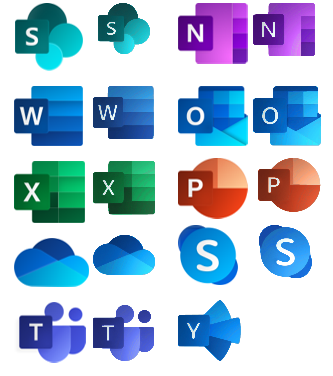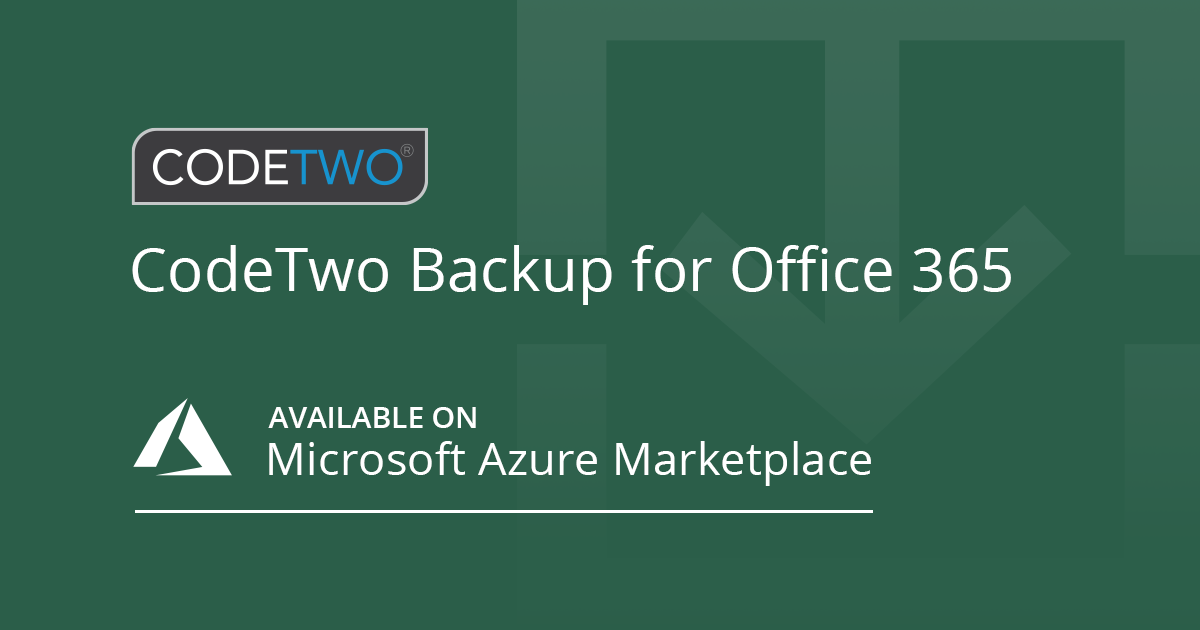

- Microsoft azure vs office 365 install#
- Microsoft azure vs office 365 full#
- Microsoft azure vs office 365 windows#
Microsoft azure vs office 365 full#
Microsoft azure vs office 365 windows#

So if AVD and Windows 365 do basically the same thing, then how do you choose which one to but and setup?īottomline, there are clear use case and benefits of each, and for many organizations, we’ve implemented both platforms as they do serve different use cases for organizations. On the flipside, some organizations have found that while they’ve been using AVD for the past year, that Windows 365 now serves them better and have shifted over. So it all really depends on your use cases, here’s how I’d share the differences…

Microsoft azure vs office 365 install#
Windows 365 basically does the same thing, allows the org to configure systems for users to access their day to day business apps that are running in the cloud, BUT unlike AVD that requires the install, configuration, and management of host servers, Windows 365 is truly a Windows as a Service solution. You click a box in the Office 365 admin portal, note that you want a cloud-based Windows 10 system available for the user, and Microsoft provisions a cloud PC for the user. You install your business apps (Office, Acrobat, Salesforce, SAP client, etc) and the user has a full PC in the cloud to run their apps. No servers to setup or manage. Each user gets their own Cloud PC system, and it is fully hosted by Microsoft. This past month Microsoft released a new virtual desktop platform called Windows 365. I’ve gotten questions, when would an organization buy/use Azure Virtual Desktop (formerly called WVD – Windows Virtual Desktop), and when would the organization buy/use Windows 365 as they kind of seem like they do the same thing.Īzure Virtual Desktop is a server-based platform, where users logon to a “user session” in the AVD server farm to get a Windows or application experience. For organizations that have used things like Citrix Servers in the past, AVD is basically “that”, but runs in the Microsoft cloud. So you don’t need to buy or host physical servers, you just load up your Windows applications on the host(s), and you can typically get 20-30 users to simultaneously connect and access applications like Office, Acrobat, line of business apps, web browsers, etc that are installed on the systems. For more specifics on the solution, here’s an article I wrote on the thing.


 0 kommentar(er)
0 kommentar(er)
